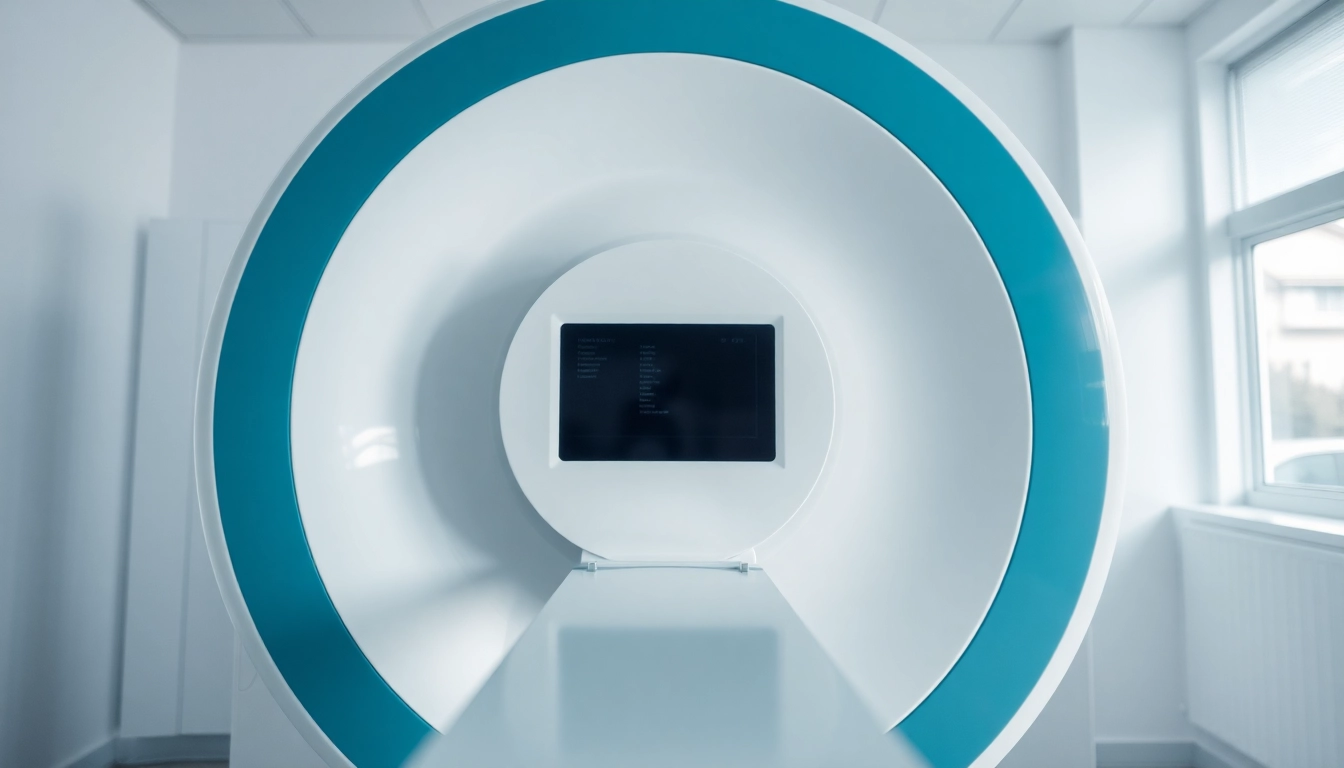Understanding Your Practice’s Needs
Every medical practice has its unique requirements when it comes to imaging technology. To find the best X-ray machine for my practice, one must start by assessing the specific needs of the practice, which can greatly influence the choice of equipment.
Assessing Patient Volume and Workflow
The first step in selecting an X-ray machine is evaluating your patient volume and overall workflow. Practices with high patient traffic may necessitate faster, more efficient machines that can handle the load without compromising image quality. Conversely, smaller practices might benefit from more compact and versatile machines. Factors such as appointment timings, anticipated patient types (e.g., general examination versus specialized imaging), and peak patient hours can all impact this evaluation.
Identifying Required Features for X-Ray Machines
Different medical specialties require varied imaging capabilities. For example, a chiropractic office may prioritize a machine that supports full-body scans, while a dental practice needs units designed specifically for oral imaging. It is essential to list the necessary features, such as adjustable settings for different patient sizes, mobility options for different practice locations, and specialized software for easy integration with patient management systems.
Budgeting for Your X-Ray Machine Investment
Budget considerations play a crucial role in decision-making. When projecting costs, think not only about the initial purchase price but also about ongoing expenses like maintenance, software updates, and potential upgrades. A high upfront cost can often be offset by long-term savings in imaging efficiency and reduced operational downtimes, making it vital to evaluate the total cost of ownership versus just the sticker price.
Key Types of X-Ray Machines
There are several types of X-ray machines available on the market, each with its advantages and disadvantages. Understanding these can help you make an informed choice that suits both the technical requirements and financial constraints of your practice.
Comparing Portable vs. Stationary X-Ray Machines
Portable X-ray machines, as the name suggests, are designed for mobility, making them ideal for situations that require quick imaging on-site, such as in emergency departments or for home healthcare services. Stationary machines, while often delivering higher image quality, require installation in a dedicated space. Evaluate your practice’s requirements to determine which type aligns best with your operational needs.
Understanding Digital X-Ray Technology
Digital X-ray technology has revolutionized imaging by offering higher quality images with less radiation exposure to patients. These systems typically integrate seamlessly with electronic health records (EHR), allowing instant access and analysis of images. A critical advantage of digital technology is its ability for immediate feedback, which can streamline workflows and improve patient care.
Recognizing the Benefits of Full-Body Scanners
Full-body scanners provide comprehensive imaging capabilities in a single scan, beneficial for practices focusing on holistic assessments. They can help identify potential health issues across multiple systems, saving time for both the practitioner and the patient. However, they often come at a higher price point and may require more substantial space, which should be accounted for when considering such machines.
Top Features to Look for in X-Ray Machines
When evaluating X-ray machines, it’s important to focus on specific features that can enhance your practice’s functionality and the quality of patient care.
Importance of Image Quality and Resolution
High image quality and resolution enhance diagnostic capabilities, allowing practitioners to make better-informed decisions. It’s essential to research the specifications and testing results of various machines, considering how resolution affects the clarity of images in diagnosing conditions—especially those requiring detailed scrutiny.
Evaluating Ease of Use and Software Integration
A user-friendly interface is crucial for efficiency in a busy practice. Machines that offer intuitive controls, quick operational setups, and easy software integration tend to enhance workflow and minimize training time for staff. Look for systems that facilitate easy updates and compatibility with existing health records systems.
Assessing Patient Safety Standards
Health and safety regulations are paramount in any medical setting. Ensure that chosen X-ray machines meet the latest patient safety standards. This includes low radiation output settings, advanced cooling systems, and features that limit unnecessary exposure. Familiarize yourself with FDA necessities and industry certifications that reflect compliance with safety standards.
Comparative Analysis of Leading X-Ray Machine Brands
With numerous brands available on the market, making a decision can be daunting. Here, we’ll compare leading X-ray machine brands based on vital criteria.
Brand A vs. Brand B: Features and Costs
For instance, Brand A might offer advanced imaging technologies and extra features such as AI integration for image analysis, making it suitable for specialized practices. However, it may come at a higher price point compared to Brand B, which may focus on cost-efficiency without compromising essential features. Analyzing these factors against your practice’s needs will help in selecting the right brand.
User Reviews and Clinical Feedback
User experiences can provide invaluable insights into the reliability and performance of various X-ray machines. Look for clinical feedback on ease of use, image quality, and customer service. Research reviews on medical equipment forums or websites to gauge user satisfaction and identify any common issues that could affect performance.
Warranty and Support Considerations
Consider the warranty and customer support offered by manufacturers. Reliable service and repair options can prevent operational disruptions. Ensure that the warranty covers parts and labor, with options for extended service contracts as needed. Having quick access to technical support can significantly minimize downtime associated with machine issues.
Best Practices for Integrating Your New X-Ray Machine
Implementing a new X-ray machine requires careful planning for successful integration into your existing operations.
Training Staff to Use New Equipment Effectively
Training staff on the new equipment is crucial to ensure optimal functionality and patient safety. Develop a comprehensive training program that includes hands-on practice and assessments to ensure that all operators understand machine capabilities, safety features, and troubleshooting techniques.
Optimizing Workflow with X-Ray Technology
After integrating the new system, assess workflow effectiveness. Look for ways to streamline processes, such as optimizing scheduling or incorporating digital records. Analyze patient feedback and staff suggestions to continually improve the integration process and ensure that the new technology meets both operational and patient needs.
Tracking Performance and Patient Outcomes
Finally, establish metrics for success such as reductions in patient wait times, improved diagnostic accuracy, and overall satisfaction rates. Monitor these outcomes to refine both the workflow and the utilization of the X-ray machine over time, ensuring it continually meets practice objectives and enhances patient care.







